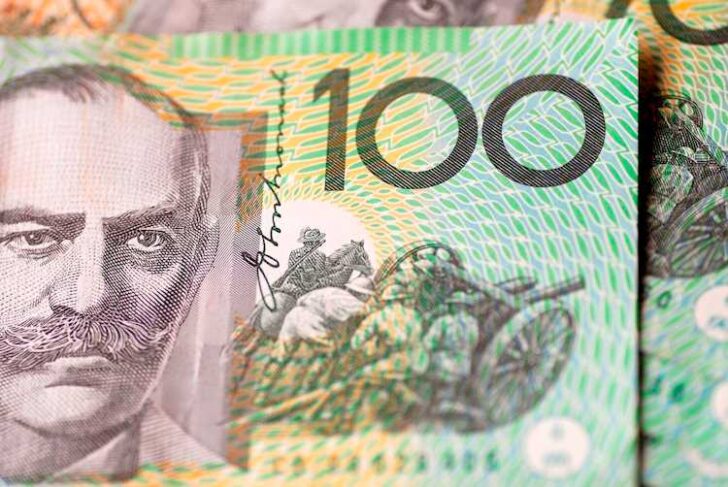- Australian Dollar remains tepid as market bias leans towards RBA adopting a dovish stance.
- Australia’s central bank may consider cutting interest rates in the second half of 2024.
- US Dollar strengthens as recent data suggests that the Fed may delay implementing rate cuts shortly.
The Australian Dollar (AUD) extends its losses for the second successive session on Friday. However, market activity is expected to be subdued due to light trading on Good Friday. Meanwhile, the US Dollar (USD) strengthens as recent data indicates annualized economic expansion in the United States (US), driven by consumer spending. This development undermines the AUD/USD pair.
The Australian Dollar encountered difficulties amid weaker Consumer Inflation Expectations and Retail Sales figures from Australia. These indicators raised expectations of potential interest rate cuts by the Reserve Bank of Australia (RBA) in the latter half of 2024. Furthermore, Wednesday’s release of the softer Australian Monthly Consumer Price Index further reinforced this outlook.
The US Dollar Index (DXY) seems poised to extend its winning streak, buoyed by hawkish comments from a Federal Reserve (Fed) official that bolstered the Greenback. Fed Governor Christopher Waller’s remarks on Wednesday suggested that the central bank might delay interest rate cuts in light of robust inflation data. Investors now await the US Personal Consumption Expenditures (PCE) report on Friday, which serves as the Fed’s preferred inflation gauge, to gain additional insight and guidance.
Daily Digest Market Movers: Australian Dollar depreciates as RBA may adopt a dovish stance
- Australia’s Consumer Inflation Expectations came in at 4.3% in March, a slight decrease from the previous increase of 4.5%.
- The seasonally adjusted Aussie Retail Sales showed a month-over-month increase of 0.3% in February, falling short of the expected 0.4% and the prior 1.1%.
- Australia’s Monthly Consumer Price Index (YoY) for February saw a 3.4% rise, maintaining consistency with previous levels but slightly below the anticipated 3.5%.
- Australia’s government has pledged to support a minimum wage increase aligned with inflation this year, recognizing the ongoing challenges low-income families face amid rising living costs.
- At the Boao Forum for Asia (BFA), China’s top legislator, Zhao Leji, emphasized China’s stance on inclusive economic globalization. He stated that China opposes unilateralism and protectionism in all their forms and is committed to closely linking its development with other countries.
- Federal Reserve Board Governor Christopher Waller still sees ‘no rush’ to cut rates amid sticky inflation data.
- Atlanta Fed President Raphael Bostic expressed his expectation for just one rate cut this year, cautioning that reducing rates prematurely could lead to greater disruption.
- US Gross Domestic Product Annualized expanded by 3.4% in the fourth quarter of 2023. The market expectation was to be unchanged at a 3.2% increase.
- The US Gross Domestic Product Price Index remained consistent at a 1.7% increase, as expected in Q4.
- Core Personal Consumption Expenditures (QoQ) came in at 2.0% in the fourth quarter, slightly below the expected and previous reading of 2.1%.
- US Initial Jobless Claims fell to 210K in the week ending on March 22, against the expected increase to 215K from 212K prior.
Technical Analysis: Australian Dollar hovers above psychological support at the 0.6500 level
The Australian Dollar trades near 0.6510 on Friday. Immediate resistance is noted around the 23.6% Fibonacci retracement level at 0.6528, followed by the 21-day Exponential Moving Average (EMA) at 0.6547, and the significant barrier of 0.6550. On the downside, a notable support level is located at the psychological mark of 0.6500, followed by March’s low at 0.6477. A breach below this level could potentially lead the AUD/USD pair to test the major support level at 0.6450.


Leave a Reply